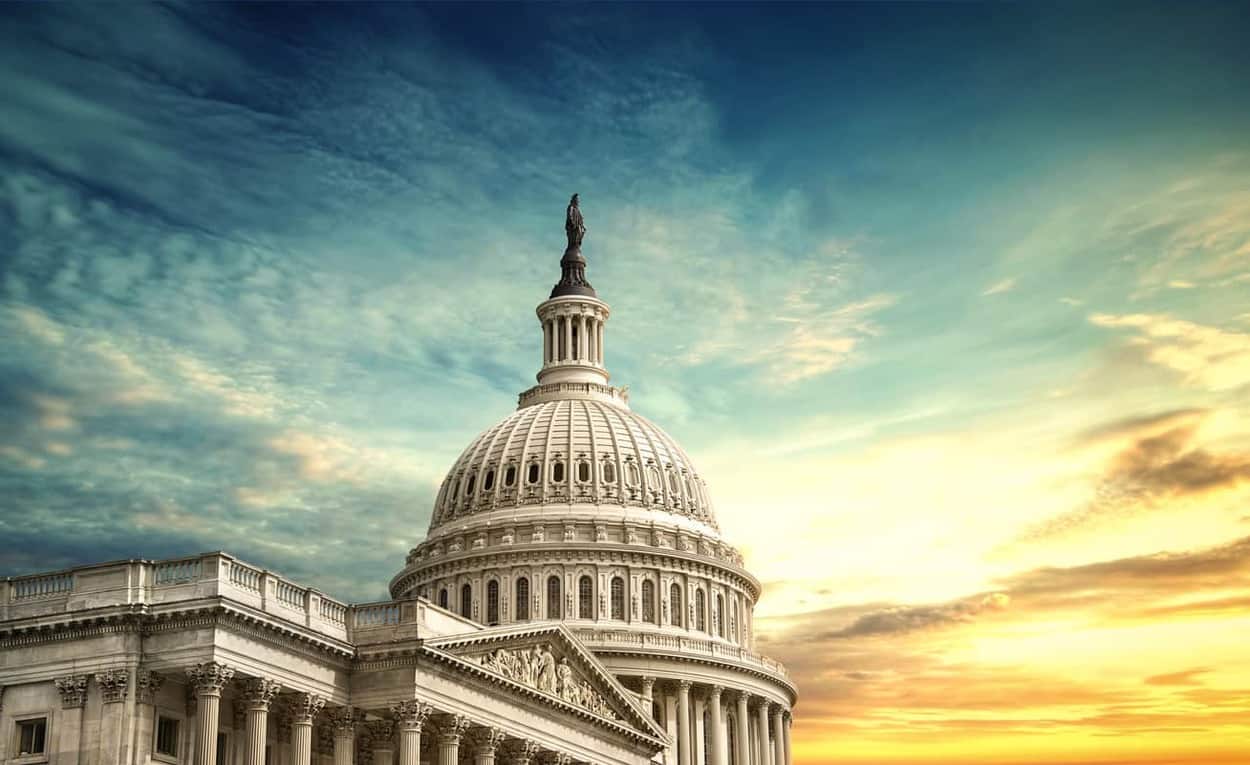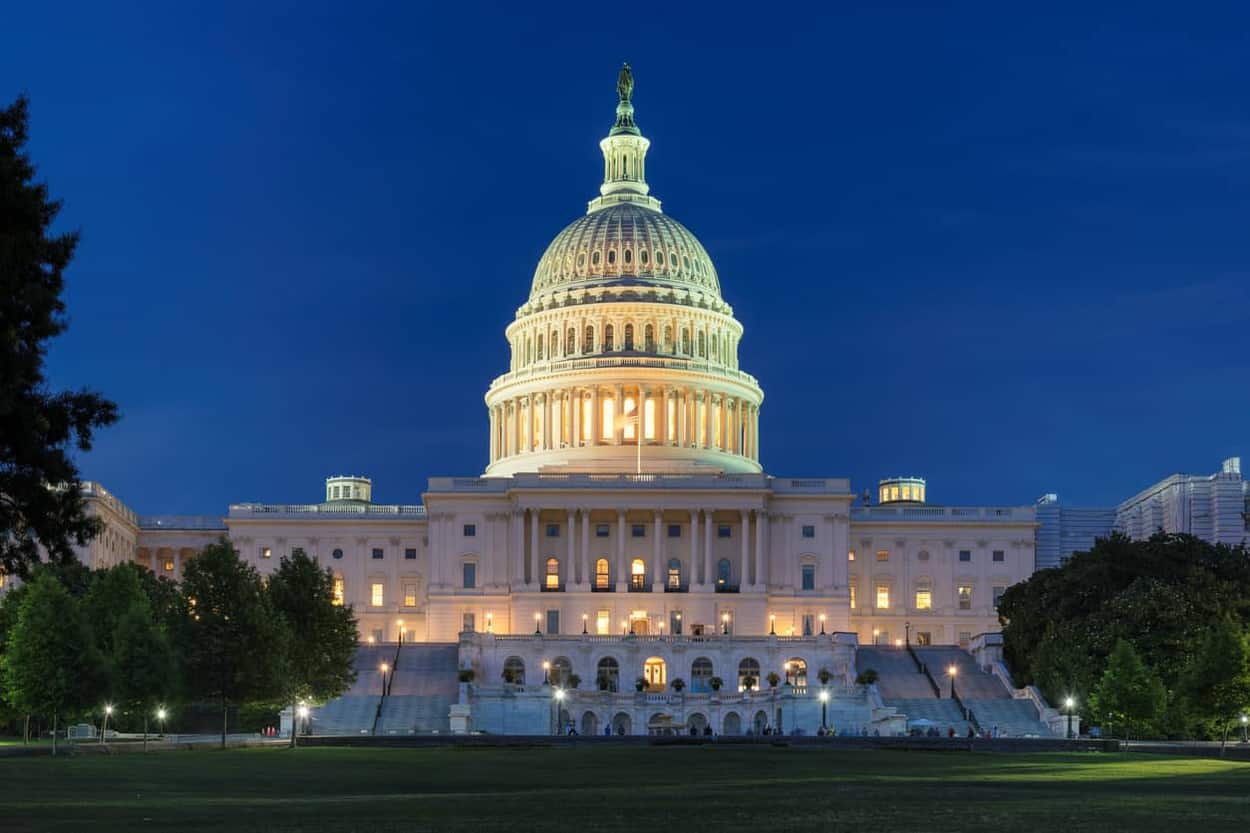
The CARES Act and Employee Benefit Plans: What You Need to Know
Disclaimer: This information was correct at the time of publication; however, new guidance from government agencies may be issued at any time, causing some or all of this information to change. Please visit our COVID-19 Business Strategy Hub for the latest news and ensure you are subscribed here to receive email alerts as they are released. We are working diligently to provide the most current information as it becomes available under our COVID-19 Actionable Insights For Businesses Series.
While employers are seeking assistance from the Coronavirus Aid, Relief, and Economic Security (“CARES”) Act to stabilize their businesses, employers (Plan Sponsors), 401(k), 457(b) and 403(b) participants are afforded reduced restrictions under the Act primarily in four areas. In this blog, I will discuss each in detail and provide insight into other situations your company might be facing as it relates to Employee Benefit Plans (EBP).
The CARES Act is impacting these four EBP areas:
1. COVID-19 Related Distributions
2. 401(k), 403(b) and 457(b) Loans
3. 401(k), 403(b) and 457(b) Minimum Required Distributions
4. Defined Benefit Plans’ Funding Rules for Single Employers
It is important to note that these provisions are optional. Plan Sponsors are not required to adopt these new provisions. However, some plan recordkeepers are taking steps to implement these changes within their technology platforms while giving employers a brief period of time to “opt-out” of these changes.
#1: COVID-19 Related Distributions
The bill has created a new form of distribution called a COVID-19 Related Distribution (“CRD”). When an individual meets the criteria for a CRD, he or she may withdraw up to $100,000 from their IRA, 403(b), 401(k) or 457(b) without being subject to the 10% excise tax applicable to early withdrawals. They will still be subject to ordinary income tax, but it can be spread in equal installments over a period of up to three tax years. The criteria for this new type of distribution are any of the following:
- The individual is diagnosed with COVID-19 by a CDC approved test.
- The individual’s spouse or dependent is diagnosed with COVID-19 by a CDC-approved test.
- The individual:
- has reduced hours, or
- is unable to work due to the COVID-19 environment, or
- is furloughed or laid-off
The person or the company the employer selects to manage its retirement savings plan, known as the Plan Administrator, may rely on the certification by the participant that he or she qualifies for the distribution. Unlike other types of distributions, to avoid taxation, the participant may repay all or a part of the distribution at any time within the immediately following 3-year period in one or more payments. These repayments will be treated as tax-free rollovers into the participant’s account. Finally, any distribution taken in calendar year 2020 can be treated as a CRD, even those that were taken prior to the enactment of CARES.
For Plan Sponsors with questions on how to administer and track these provisions, keep these things in mind:
- Work with your Plan recordkeeper to understand the process.
- Remember to give participants a notice that they can waive tax withholding on the distributions as the penalties for failure to do so were increased in 2020.
- While participants may take distributions from multiple sources (IRA, 403(b), 401(k), 457(b)), Plan Sponsors are only responsible for ensuring a participant does not take more than $100,000 from the company-sponsored plan.
- Since the repayment does not have to be to the same plan or IRA from which the distribution was paid, it is the individual’s responsibility to ensure that the repayment does not exceed the original distribution.
#2: 401(k), 403(b) and 457(b) Plan Loans
For a 180-day period after the enactment of the CARES Act (i.e., September 23, 2020), 401(k), 403(b) and 457(b) loan limits may be temporarily doubled to the lesser of $100,000 or 100% of the participant’s vested account balance for participants meeting the criteria noted above. In addition, loan repayments due between the enactment of the CARES Act and December 31, 2020, may be suspended for up to one year. During this time, the loan continues to accrue interest. Plan Sponsors should work closely with their recordkeeper in these instances to ensure that the lack of loan payments does not trigger a loan default mechanism in the recordkeeper’s system, which is ultimately reported on Form 1099R for the individual.
Due to potential tax ramifications of the CRD, it is advisable to take a loan prior to a CRD. Repayments on these loans do not have to start until the following year, so they serve a similar purpose to a distribution in the time of immediate need but do not carry the uncertainty on how repayments will be administered.
#3: Required Minimum Distributions
401(k), 403(b) and 457(b) plans may waive required minimum distributions (“RMD”) due in 2020 for participants reaching age 72 in 2020. This option eliminates participants from being locked into market losses incurred as a result of COVID-19.
#4: Defined Benefit Plans’ Funding Rules for Single Employers
Minimum funding rules are relaxed by extending the due date for contributions (including quarterly contributions) due in 2020 to January 1, 2021. The extended payment is adjusted accordingly for interest.
Employers desiring to implement the above provisions will need to amend their plan for compliance purposes. The deadline for these plan amendments will not be earlier than the last day of the first plan year beginning on or after January 1, 2022 (i.e., December 31, 2022, for calendar-year plans).
The CARES Act also gave the Department of Labor the discretion to defer, for up to one year, any deadline date set by the Employee Retirement Income Security Act of 1974 (ERISA), including notices, filing, etc. The DOL has not yet announced any filing relief for Form 5500s due July 31, 2020.
Special Considerations
While not directly related to the CARES Act, it is in uncertain times like this that I want to highlight other situations that Plan Sponsors may be facing.
Partial Plan Termination
When businesses terminate or lay-off a significant number of employees, a “partial plan termination” may have occurred in the eyes of the IRS. In such situations, the IRS requires employees covered under the plan to be deemed 100% vested in matching and other employer contributions. If the Plan Sponsor does not recognize that this has occurred, participants may be underpaid when distributions occur. These underpayments can result in the need for corrections or even disqualification of the plan.
Revenue Ruling 2007-43 provides the following guidance to assist in determining if a partial plan termination has occurred:
- The IRS presumes that there is partial plan termination when an employer reduces its workforce (and plan participation) by 20%. Normal turnover does not result in a partial plan termination.
- The rate is calculated by dividing employees terminated from employment by all participating employees during the “applicable period.”
- The applicable period is generally the plan year but can extend to cover a period of even up to two years based on facts and circumstances.
- Voluntary separation by the participant (e.g., retirement, death, etc.) is not factored in the calculation.
The IRS has not issued any additional guidance on this in the current coronavirus emergency. Plan Sponsors need to carefully monitor these levels to determine appropriate treatment in the event a partial plan termination does occur.
Safe Harbor Contribution Suspension
Employers can reduce or suspend either safe harbor match or nonelective contributions mid-year when all of the following conditions are met:
- Either:
- The company is operating at an economic loss.
- The safe harbor notice provided before the start of the plan year includes a statement that the employer may reduce or suspend contributions mid-year.
- A supplemental notice is provided to eligible employees at least 30 days prior to the effective date of the reduction or suspension.
- Participants have a reasonable opportunity to change their deferral election before the effective date.
- The plan is Actual Deferral Percentage (ADP)/Actual Contribution Percentage (ACP) tested for the full plan year in which the change occurs using the current year testing method.
- The plan meets top-heavy minimum contribution requirements in the year the change occurs.
An election to exit out of the safe harbor status, if allowed, cannot be reversed later in the year; therefore, it would not be reinstated until 2021.
Final Thoughts
While employee benefit plans might not currently be top of mind for Plan Sponsors, these new provisions and other considerations during this time escalate the need for Plan Sponsors to review plan-related communications from the Plan’s recordkeeper and other service providers. If you are making significant changes to your workforce or the way you administer your benefit plan, all of your service providers need to be aware of these changes. Your CPA, ERISA attorney and investment advisors are also important resources to help you navigate these uncharted waters.

Candace Jackson, CPA, is a Director in Moore Colson’s Business Assurance Practice. She manages audit and review teams and serves as a Practice Area Leader in the firm’s Employee Benefit Plan Practice.
